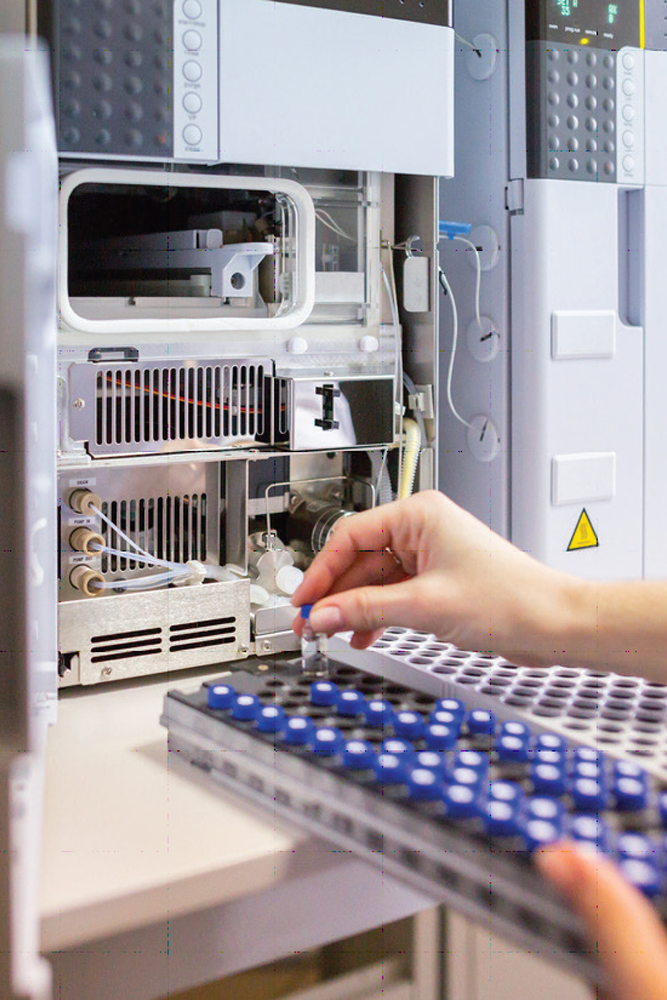
Research equipment
Our Laboratories in the Department of Chemistry at the Jagiellonian University are specialised laboratories that focus on in situ and operando real-time spectroscopy methods for the study of material surfaces, with a particular emphasis on heterogeneous catalysts. We are also involved in research related to conservation chemistry and cultural heritage. We have advanced tools to analyse the degradation state of various materials, such as natural polymers (paper, textiles).

Confocal Raman microscope coupled to the Atomic Force Microscope
In in situ and operando mode, the instrument is used to determine the surface structure of metal oxide-based catalysts (e.g. nitrides and carbides) and transition products of the reaction. It is possible to determine material structures using a wide range of laser lines, profiling and surface mapping.
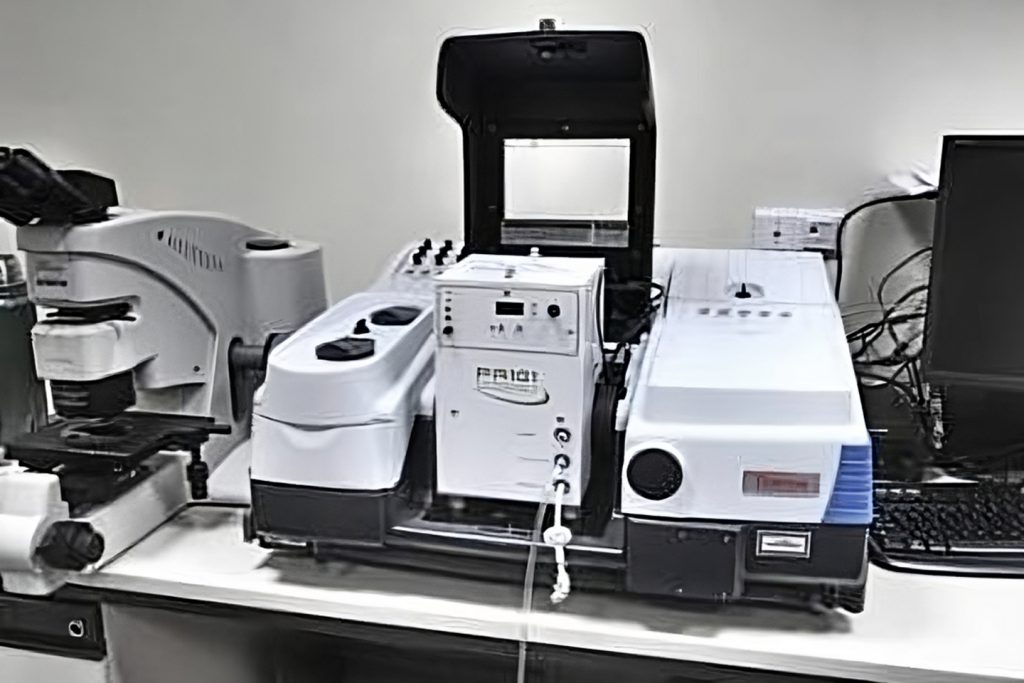
FT-IR spectrometer with microscope
In the in situ and operando modes, the instrument is used for the analysis of reaction transition products on the surface of catalysts, and other analyses of the interactions of probe molecules with the surface under investigation. A range of attachments allows temperature-dependent studies, in controlled atmospheres and different IR modes.
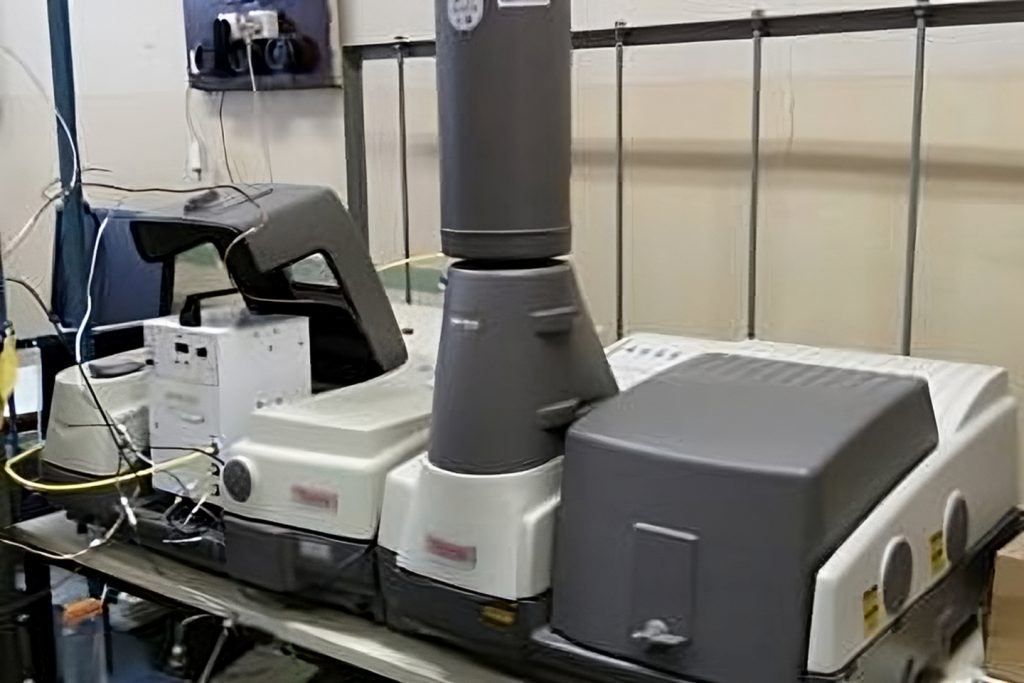
FT-Raman spectrometer
In the in situ and operando modes, the instrument is used for the analysis of reaction transition products on the surface of catalysts. In ambient conditions, the instrument is used for the analysis of solids.
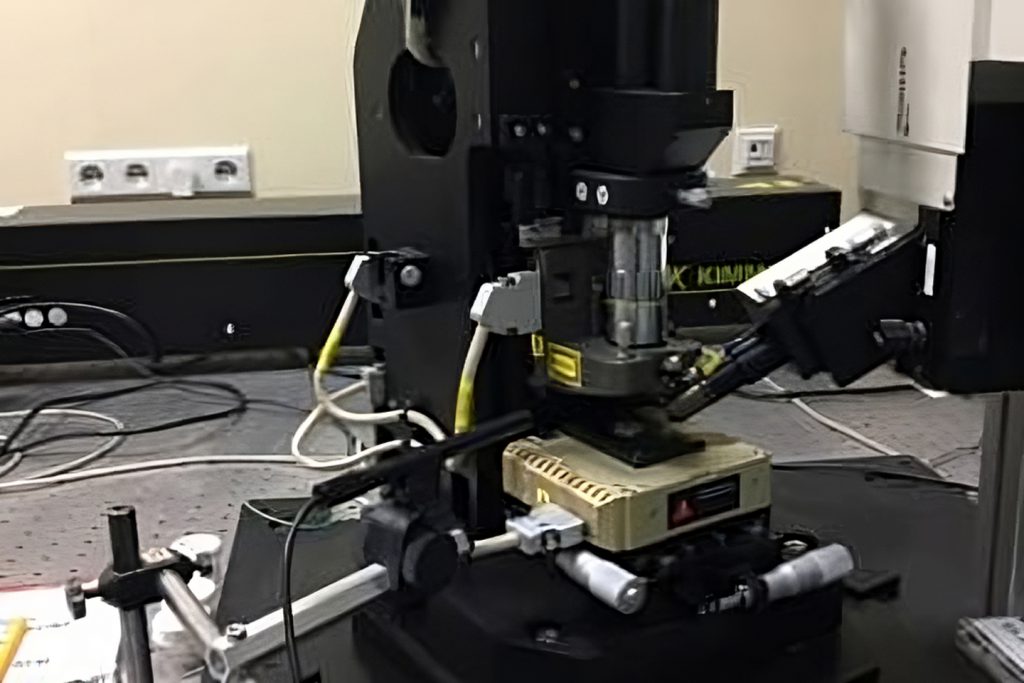
Atomic force microscope - AFM
Using the atomic force microscope, the surface structure of both conductive and non-conductive samples can be studied in several modes: non-contact and indirect. The coupled AFM and microRaman system can be used to analyse the composition and structure (topography) of exactly the same area on the surface of homogeneous as well as heterogeneous samples (e.g. structural catalysts).
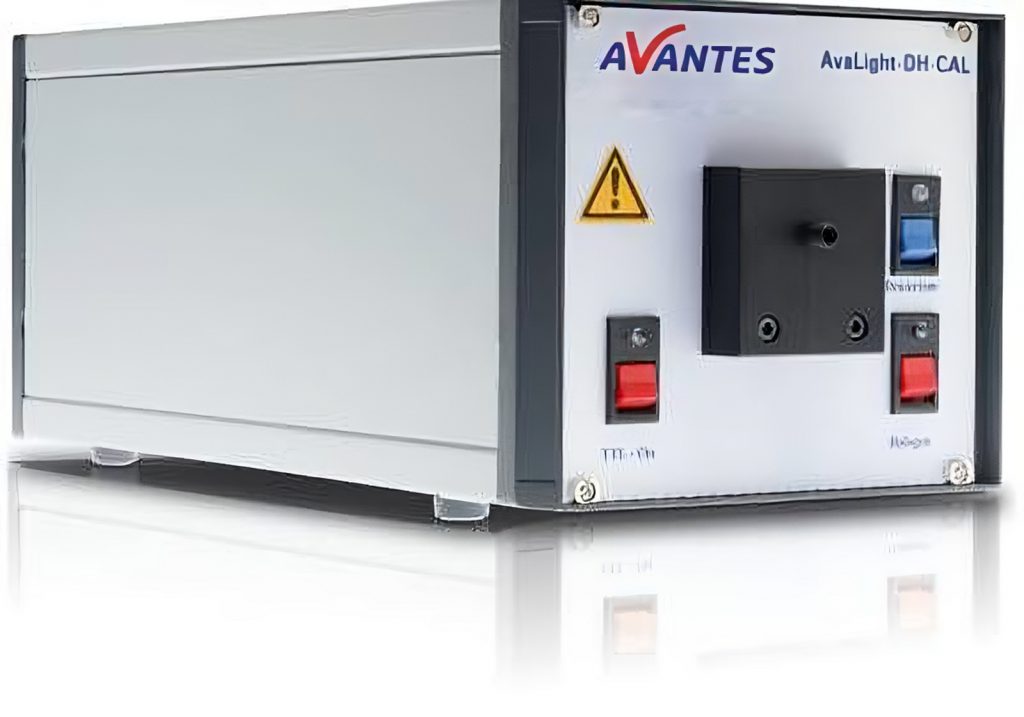
In-situ UV-ViS spectrometer
The developed configuration of the system allows testing in different modes using a single measuring station:
- standard ambient measurement in the range (200-250 to 800-1000 nm) with an integrating sphere;
- temperature measurement in the VIS range (400-800) using an objective system;
- temperature measurement in the UV-VIS-NIR range using a temperature probe.
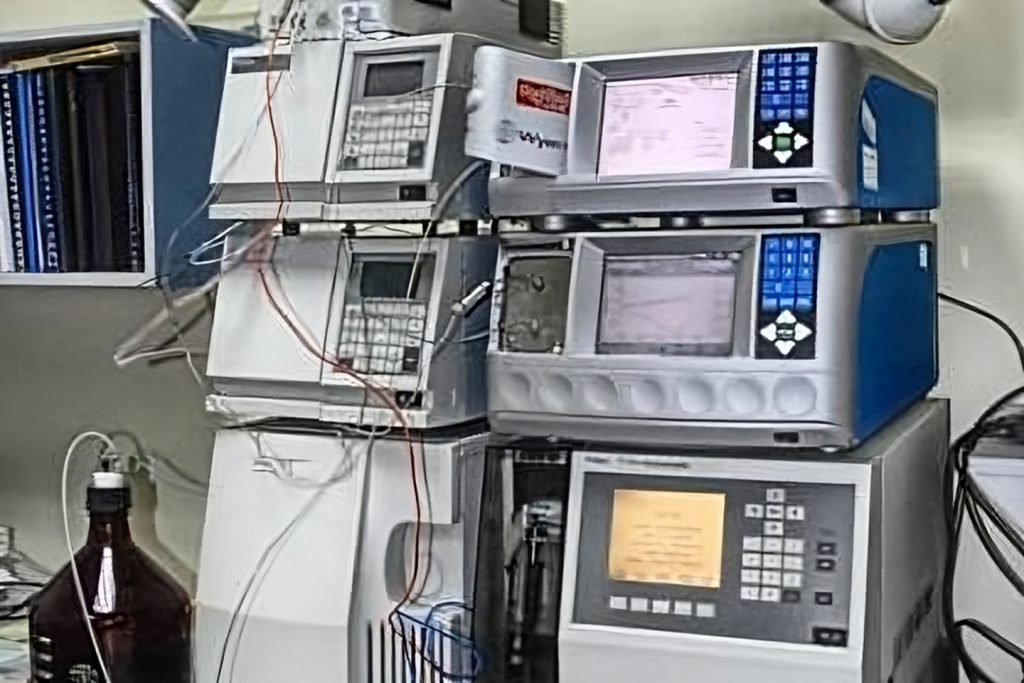
SEC-UV-VIS/MALLS/RI chromatograph
The chromatographic set-up allows the determination of molecular mass distributions of cellulose and THF-soluble synthetic polymers over a wide range (100 – 10 000 000 g/mol). In addition, the molecular mass distributions of proteins in the range 15,000 – 150,000 g/mol are measured.
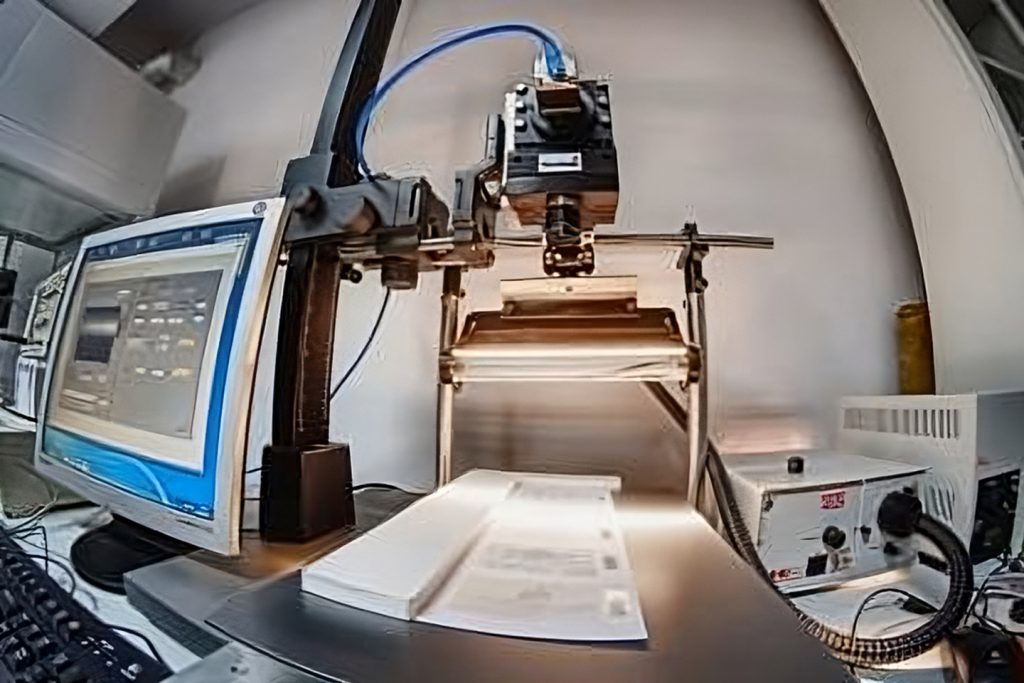
Hyperspectral camera
Hyperspectral imaging (HSI) allows valuable analytical data to be obtained in a non-contact manner for the entire object, regardless of its dimensions (from micro to macro scale).

Catalyst characterisation kit
Catalyst characterisation kit:
- large-scale testing of the catalytic activity of test materials (high throughput analysis)
- characterisation of the sorption capacity and porosity of catalysts
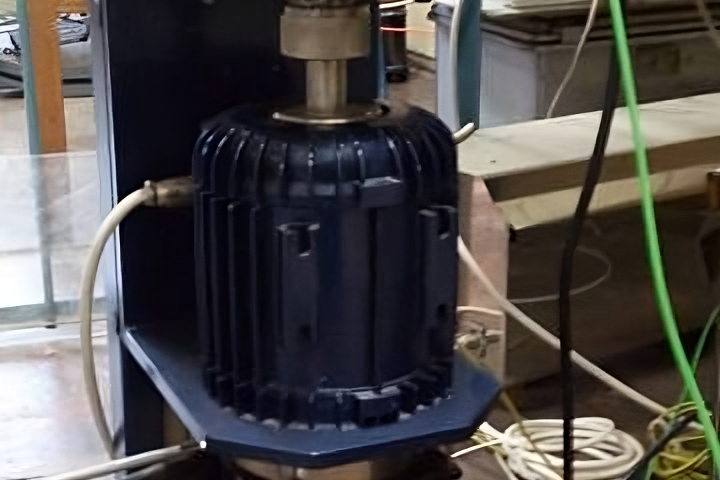
Gradient-free and flow-through reactor
Gradient-free reactor integrated with a balance and a catalyst bed reactor for measuring chemical reaction yields. The gas-flow chemical reaction reactor allows testing over a wide temperature range (25-1000 C). Has a temperature controller. Used with external detectors.
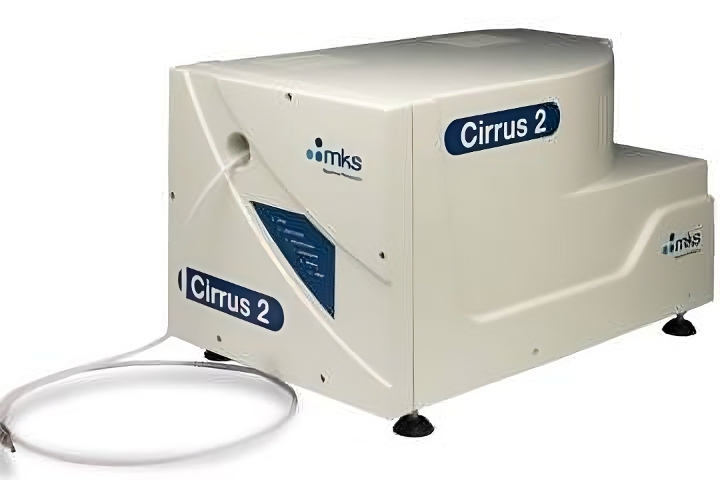
Cirrus™2 gas phase mass spectrometer
Cirrus ™ 2 is a tool for monitoring and analysing gases and gas mixtures and trace contaminants of on-line process gases; solvent vapours; hydrocarbons; atmospheric constituents and inorganic gases (including corrosives); CFCs and noble gases.
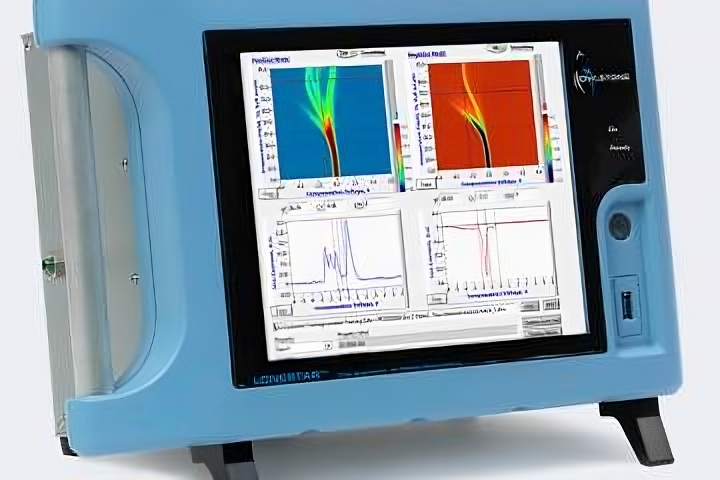
FAIMS-type spectrometer
Field Asymmetric Ion Mobility Spectrometer (FAIMS) A spectrometer of ion mobility in a strong electric field.
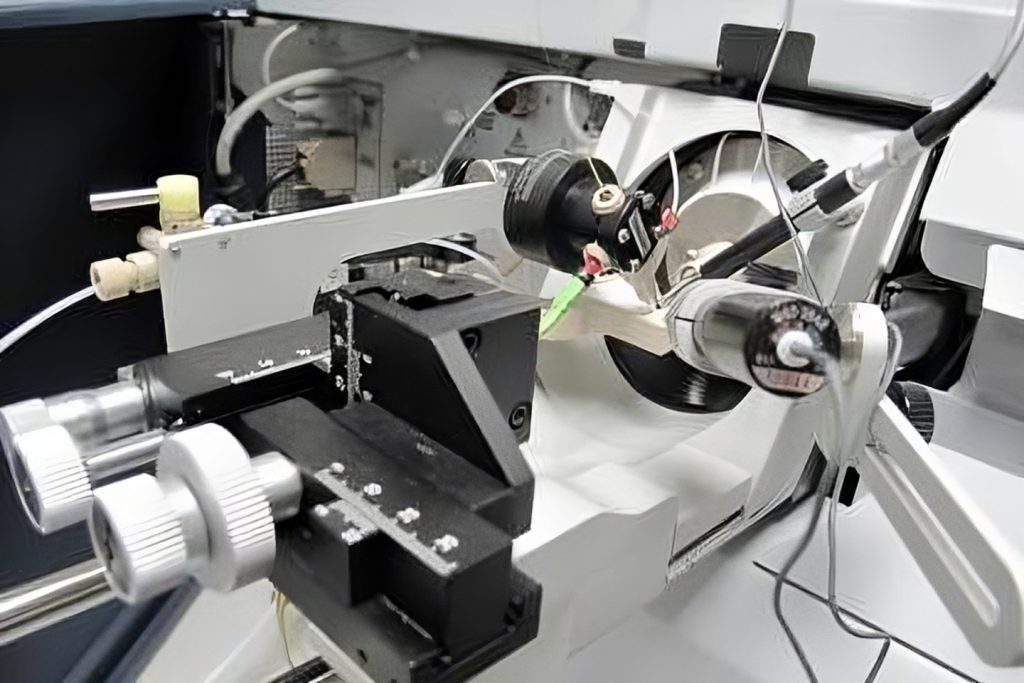
DESI-MS
The Desorption Electrospray Ionisation direct sample delivery system for the Bruker Esquire 6000 mass spectrometer allows the sample to be ionised and introduced into the mass spectrometer directly from the surface of the solid under investigation.
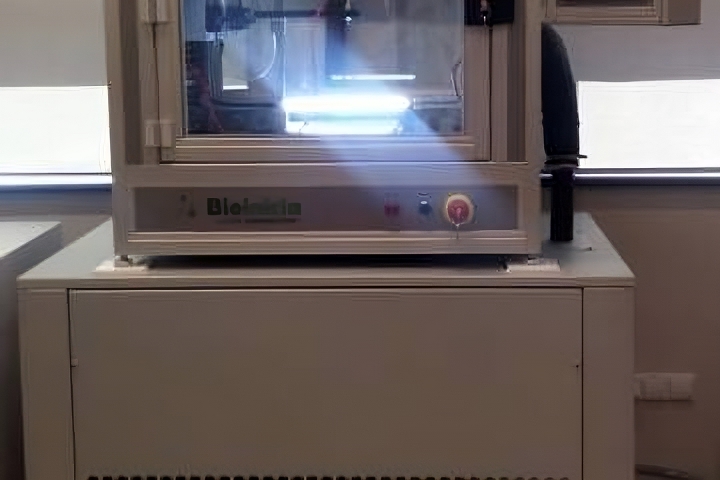
Electrospinner with atmosphere control module
Electrospinning allows the production of nanofibres from polymer solutions. Aqueous and organic solvents can be used. Spinning of homogeneous fibres and core-shell type is possible.
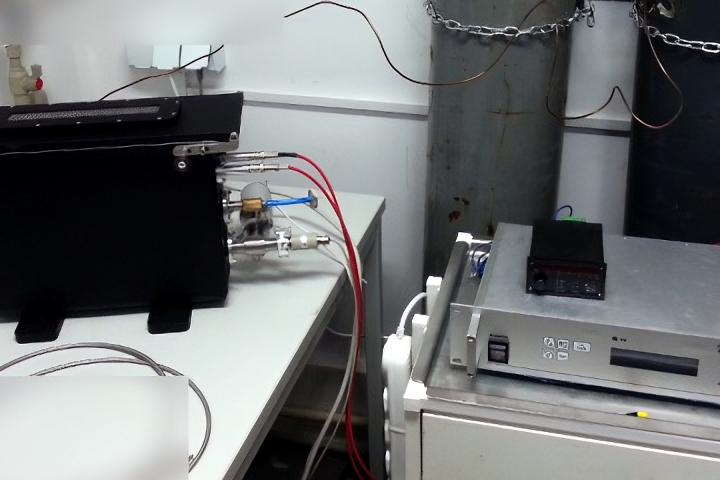
Low-temperature plasma chamber and generator under reduced pressure
In recent years, non-thermal plasma at reduced pressure or near atmospheric pressure has attracted interest due to its application to a number of emerging technologies. Non-thermal plasma can be used for sterilisation, surface cleaning and surface modification.
Other minor equipment

Laminar chambers
Laminar chambers work under sterile conditions ESCO PCR cabinet (with vertical airflow).
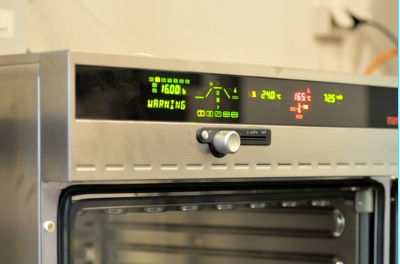
Climate chambers
The chamber is used to carry out temperature ageing with relative humidity control. Testing under sterile conditions is possible.
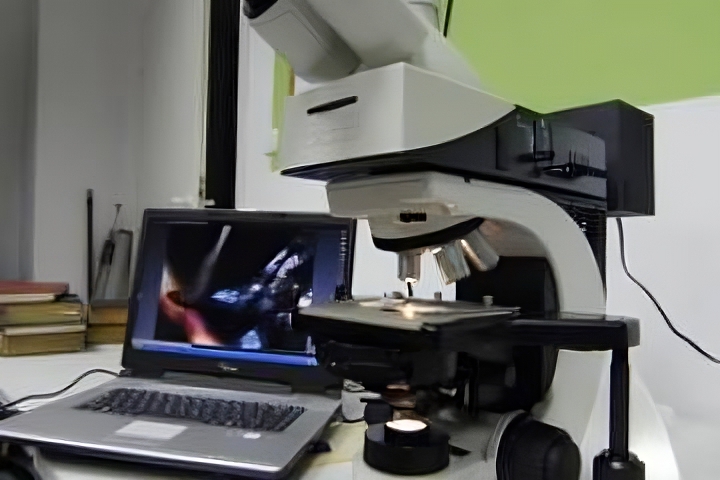
Optical microscopes
Microsample testing.
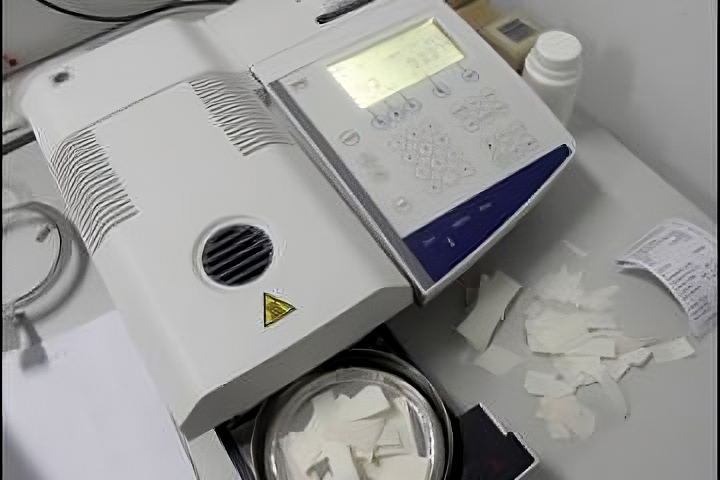
Vagosimeter and laboratory balances
Determination of water content to the nearest 1 mg.
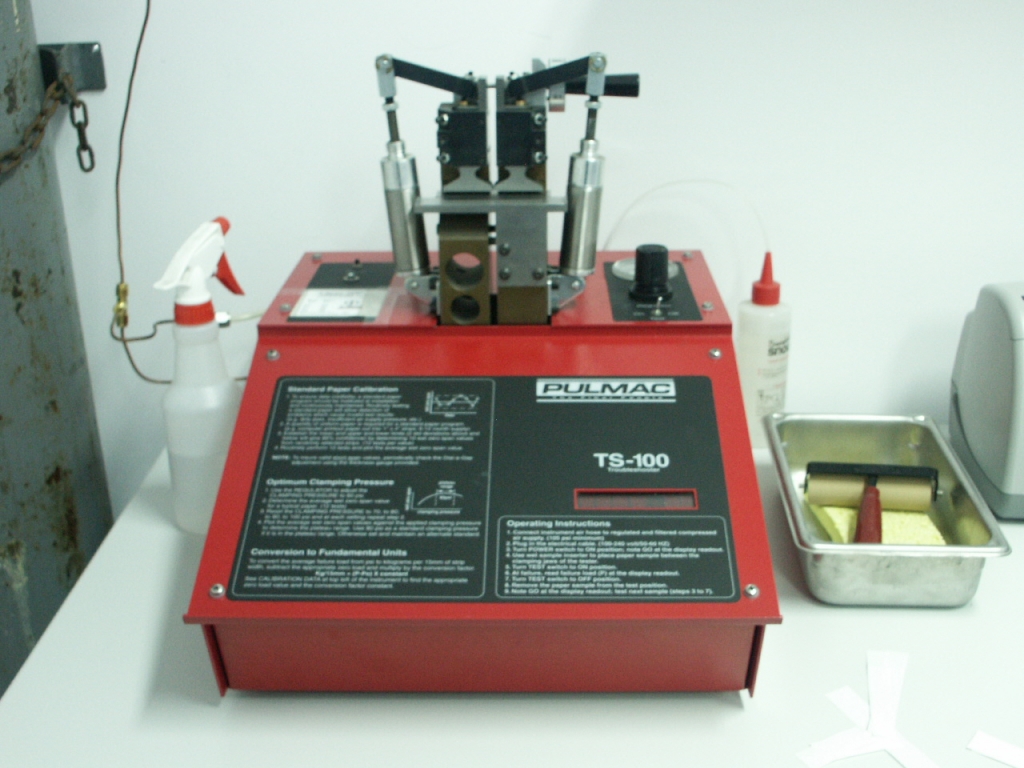
Equipment for testing the properties of paper and printing
Number of double bends, ripper
